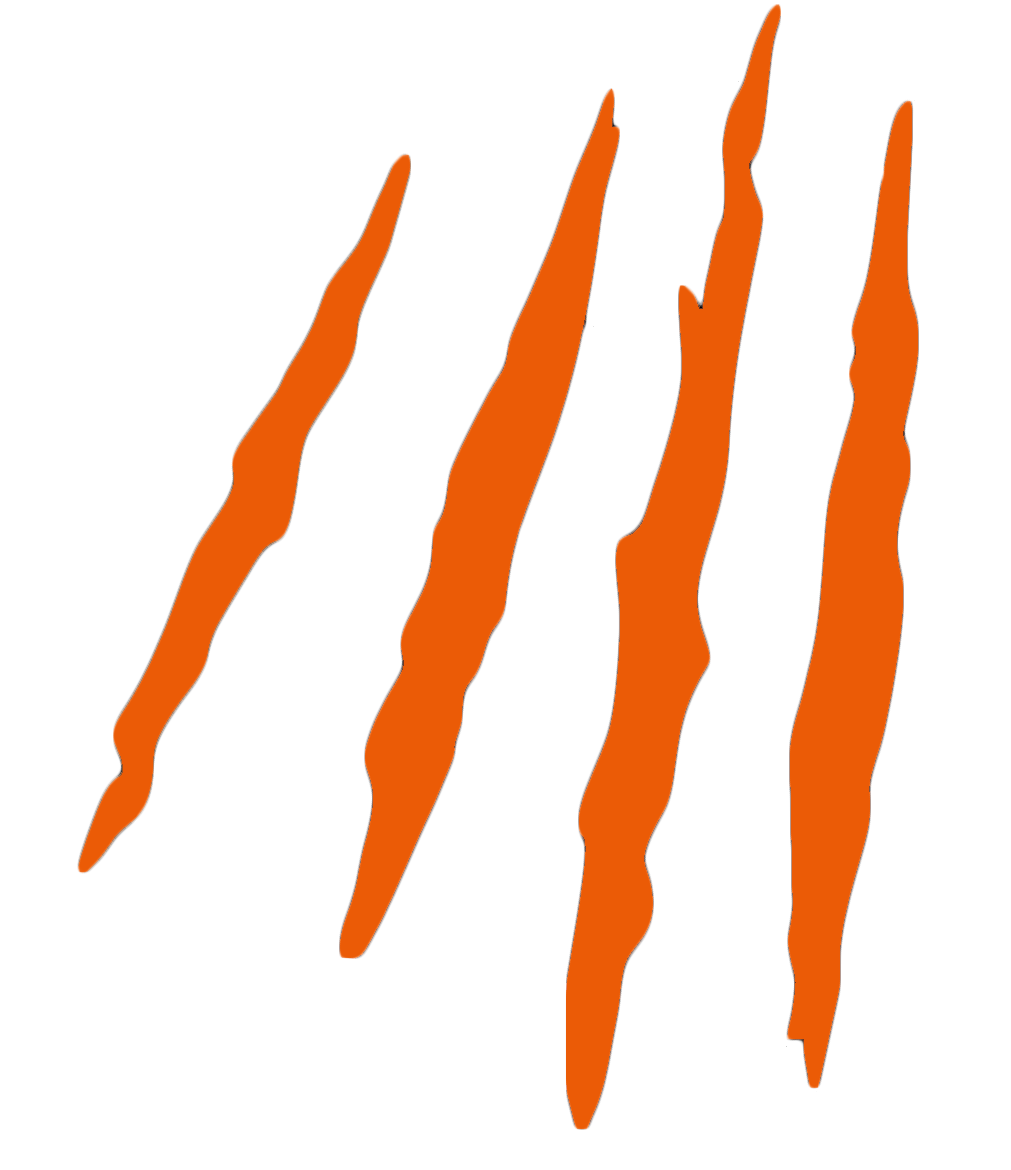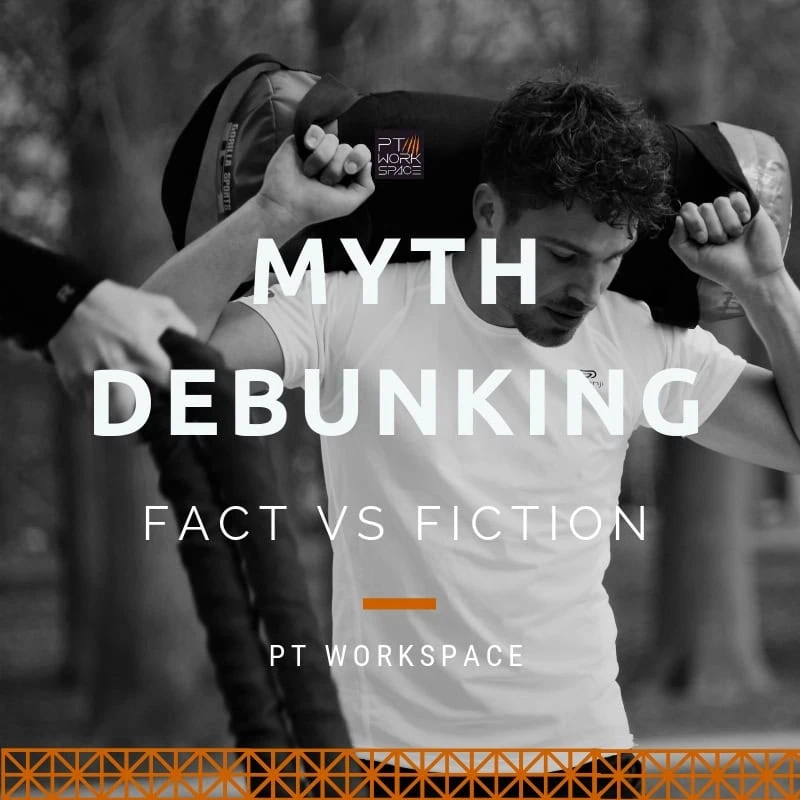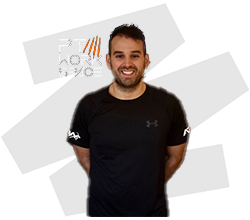How many questions will you get right…No peeking!
To lose a 1lb of fat, you need to consume 3,500 less calories a week?
FACT or FICTION?
Answer: FACT
Because 3,500 calories equals about 1 pound (0.45 kilogram) of fat, you need to burn 3,500 calories more than you consume to lose 1 pound. So if you cut 500 calories from your typical diet each day, you’d lose about 1 pound a week (500 calories x 7 days = 3,500 calories). It isn’t quite this simple, because you usually lose a combination of fat, lean tissue and water. Additionally due to changes which can occur in the body as a result of weight loss, you may need to continue to decrease calories in order to continue losing weight steadily.
Stretching will help prevent injury and reduce muscle soreness?
FACT or FICTION?
Answer: FICTION
“The evidence from randomised studies suggests that muscle stretching, whether conducted before, after, or before and after exercise, does not produce clinically important reductions in delayed-onset muscle soreness in healthy adults.” Conclusion by Authors Herbert RD1, de Noronha M, Kamper SJ. Musculoskeletal Division, The George Institute for Global Health.
On average we can only gain 2 pounds of muscle for men a month and 1 pound for women?
FACT or FICTION?
Answer: FACT
Here’s how fast you can expect to build muscle on average:
Average Natural MAN: between 0.25 and 0.5 pounds of muscle per week (or about 1-2 pounds of muscle gained per month).
Average Natural WOMAN: between 0.12 – 0.25 pounds of muscle per week (or about 0.5-1 pound of muscle gained per month).
We’re strictly talking MUSCLE, not WEIGHT. Besides actual muscle, weight gained throughout the week could be (and often is) fat, water or glycogen. We’re not talking about any of those here.
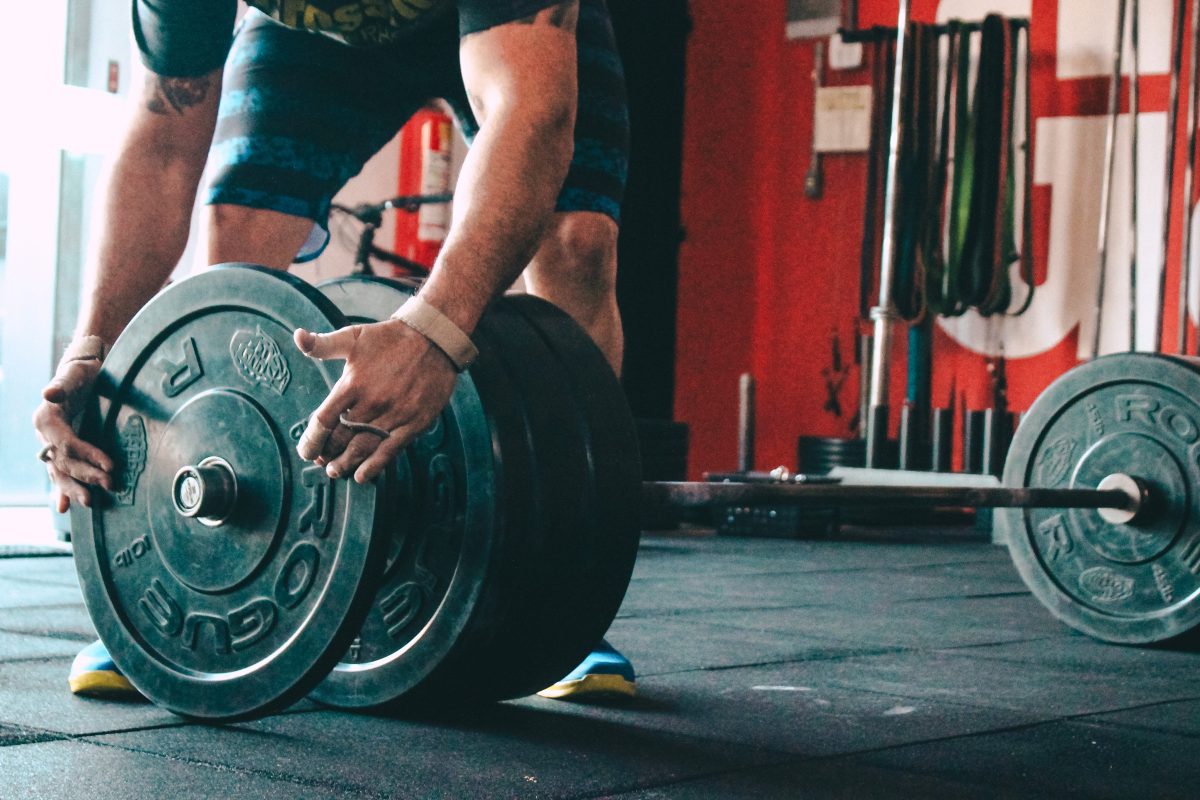
Lifting the heaviest weights will help me develop muscles fastest.
OR
Increasing reps rapidly will tone up abdominals like 20 Ab crunches.
“two birds one stone”
FACT or FICTION?
Answer: FICTION
Hypertrophy can be broken down into two types of categories myofibrillar and sarcoplasmic. Each of these specific types of muscle hypertrophy will result in increasing size of cells, but not of equal effect.
Sarcoplasmic hypertrophy is focused on increasing the actual size of the muscle, and less on increasing strength.
Several repetitions (generally 8–12 for bodybuilding or 12 or more for muscular endurance) against a submaximal load facilitate mainly sarcoplasmic hypertrophy (professional bodybuilders and endurance athletes).
Myofibril hypertrophy will focus more on strength increase and less on an increase in the size of the skeletal muscle.
80 to 90% of the one-repetition maximum for 2–6 repetitions (reps) causes myofibrillated hypertrophy to dominate (as in powerlifters, Olympic lifters and strength athletes).

Running will help me shape my legs and bum?
FACT or FICTION?
Answer: FICTION
Increasing lean muscle in the legs and bum will impact shape and definition alongside lower body fat percentage. Running will be effective cardiovascular exercise and reduce body fat, to increase lean body mass resistance training is required over conventional beliefs on running to achieve these goals.
Squats with weights
Obviously helps to build your leg muscles (including your quadriceps, hamstrings, glutes and calves), and can also create an anabolic environment, which promotes body-wide muscle building.
Increasing lean muscle in the legs and bum will impact shape and definition alongside lower body fat percentage. Running will be effective cardiovascular exercise and reduce body fat, to increase lean body mass resistance training is required over conventional beliefs on running to achieve these goals.
Low intensity cardio is most effective to burn calories and lose weight?
FACT or FICTION?
Answer: FICTION
Although it’s technically true that exercising in the so-called “fat burning zone” (at a lower intensity level of about 60% to 70% of maximum heart rate) does use a higher percentage of fat calories for fuel, the overall total calories burned is still fairly low. The reason is simple. Fat is a slow-burning fuel that requires oxygen to convert it to a usable energy, so it’s great for long, steady, slow exercise, like backpacking, or cycling a long distance. Most people have enough stored body fat to fuel low level activity for days and days without running out of energy, but if you want to go fast, work all-out, or burn the most calories per minute, you need to rely on the faster-burning carbohydrate (glycogen) for energy. Converting fat to fuel takes longer, and requires lots of oxygen. In the strictest definition, this is called aerobic metabolism.
The real qhttp://sportsmedicine.about.com/od/sportsnutrition/a/Carbohydrates.htmuestion is If your goal is weight loss, and burning calories is the way you are trying to lose weight, you are better off exercising at a higher intensity 2-3 times per week, and burning more overall calories from both fat and stored glycogen.
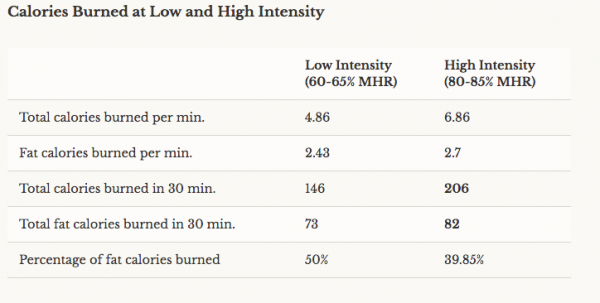
Thanks for reading
PT Workspace Team
P.S If you are interested in finding out about personal training or studio hire at PT Workspace you can contact [email protected]. In addition why not take a look at some of the personal trainers who already work with us here.

